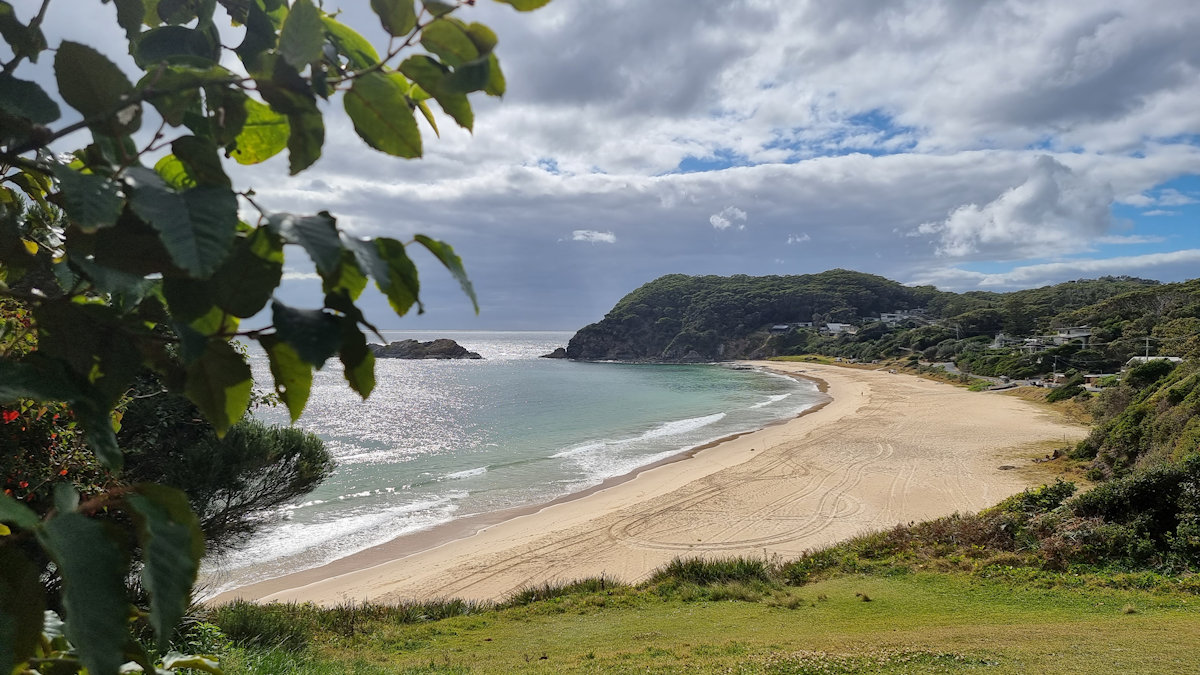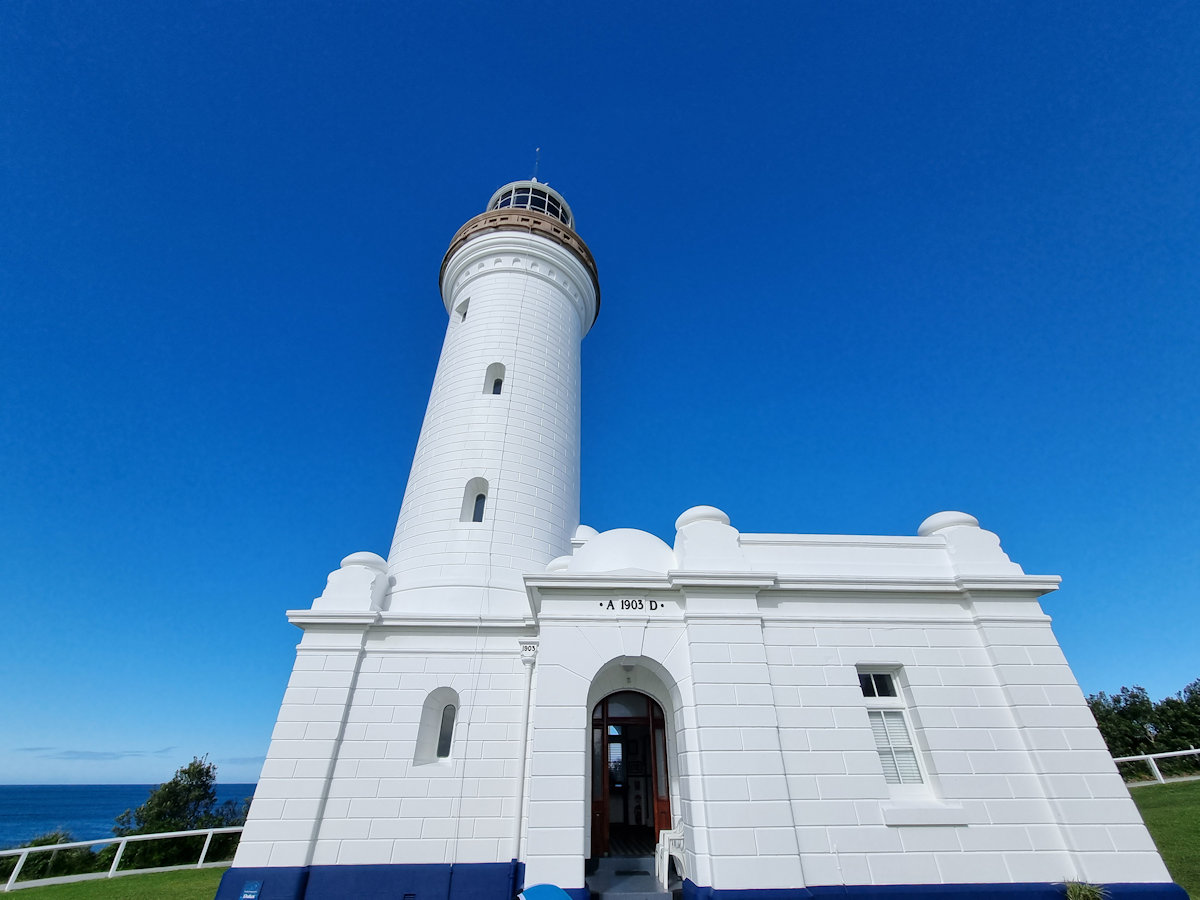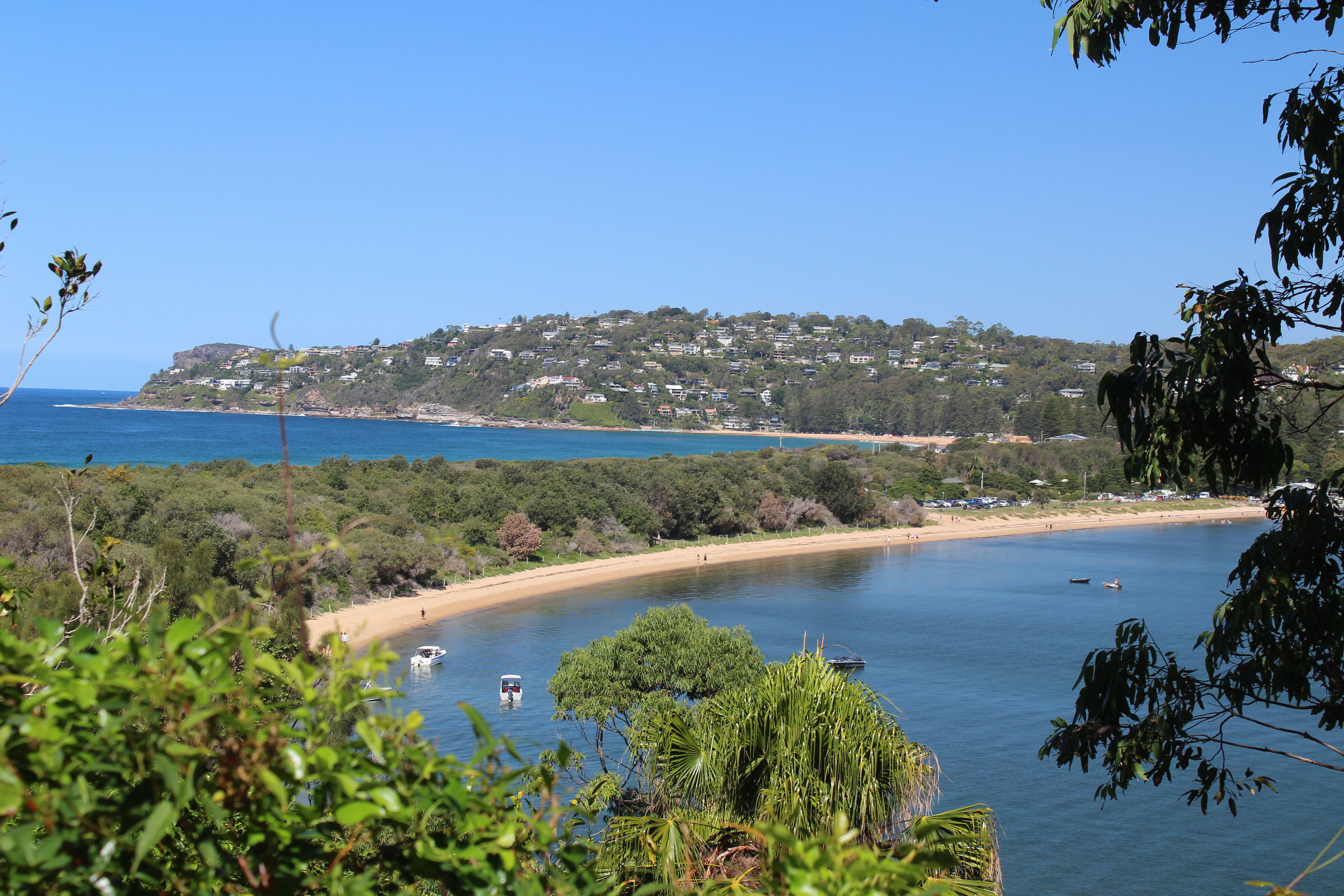Tag: Lighthouse
-
Seal Rocks New South Wales

Seal Rocks New South Wales Australia With a population of under 100, the small village of Seal Rocks on the NSW mid-north coast is a wonderfully relaxed beach and surfing paradise. At a little under 2 hours’ drive from Newcastle, it’s a popular holiday spot and can become crowded, during summer and school holidays. Part… Read more
-
Norah Head Lighthouse

Norah Head Lighthouse Located at Norah Head on the Central Coast, New South Wales, Australia, Norah Head Lighthouse is still active after 120 years of operation. Built in 1903 it was the last lighthouse of the James Barnet style constructed. The lighthouse is 27 metres (89 ft) high and has a light characteristic of two… Read more
